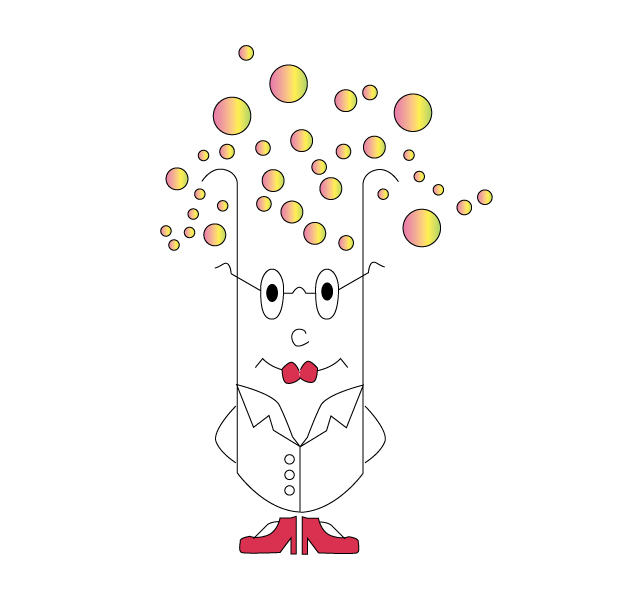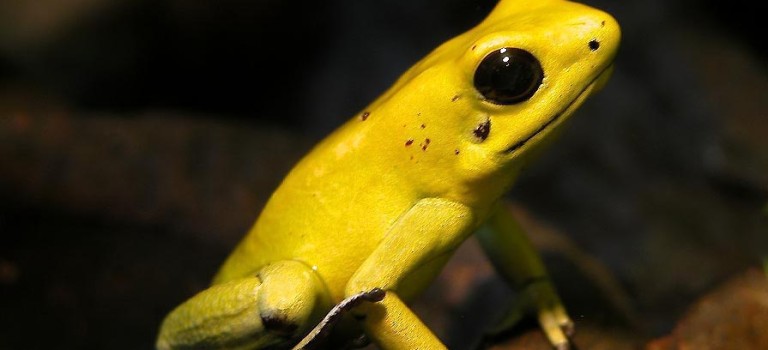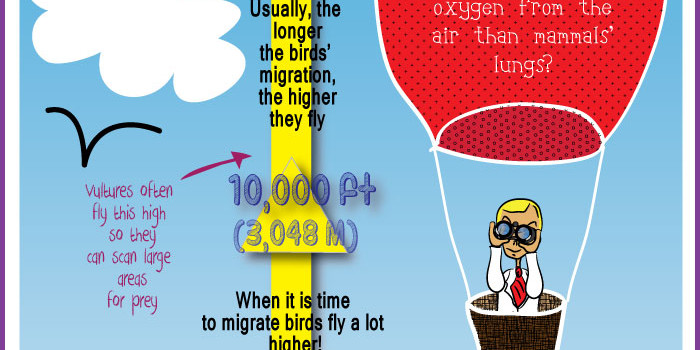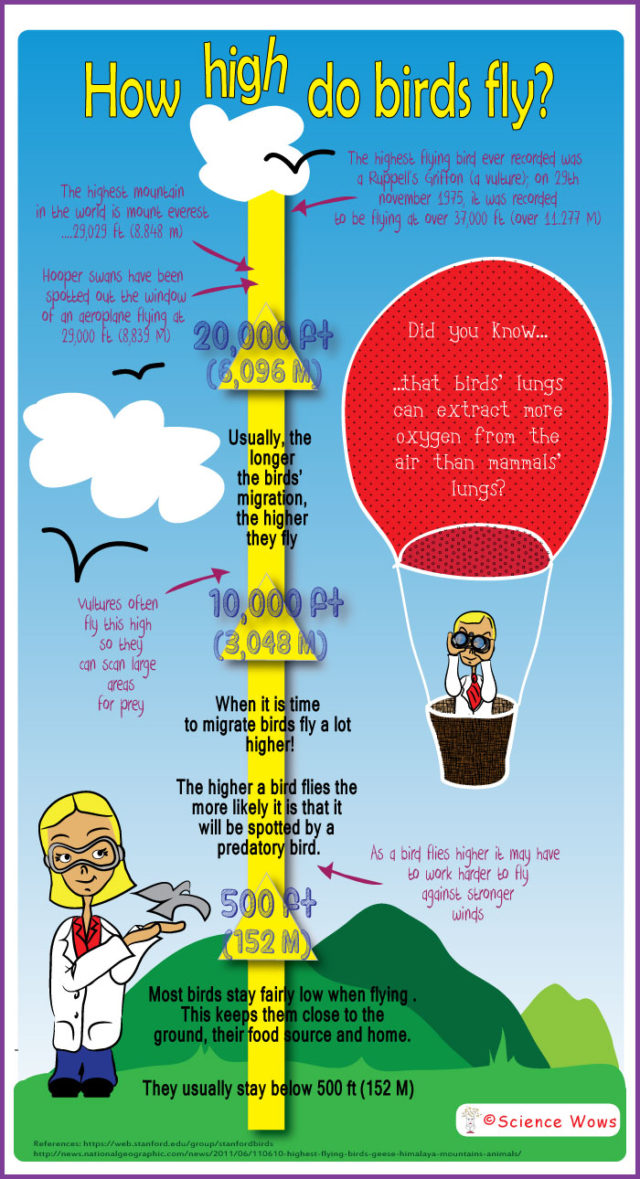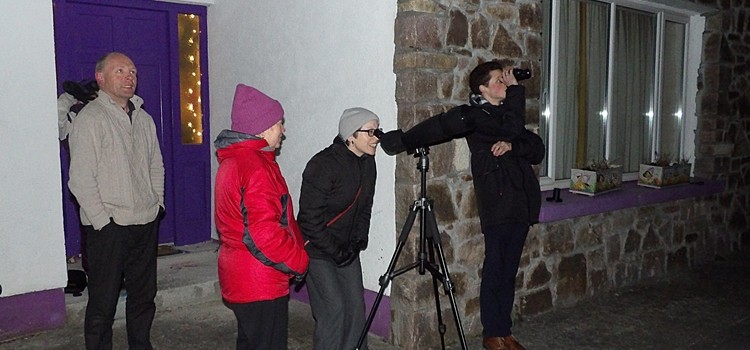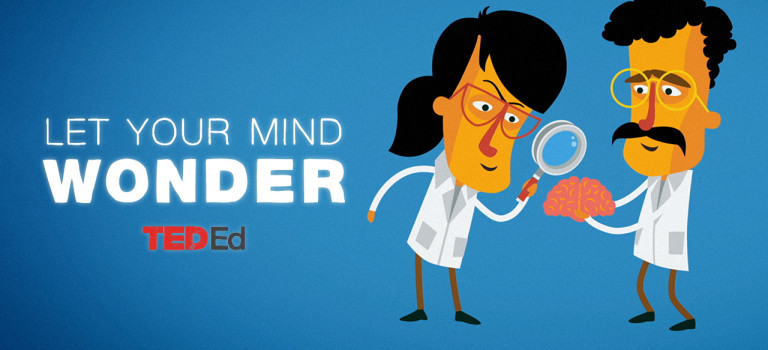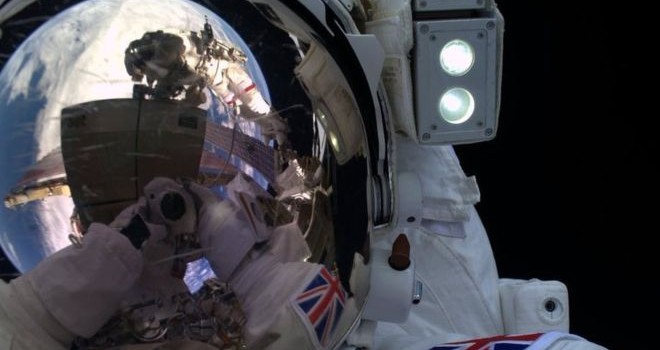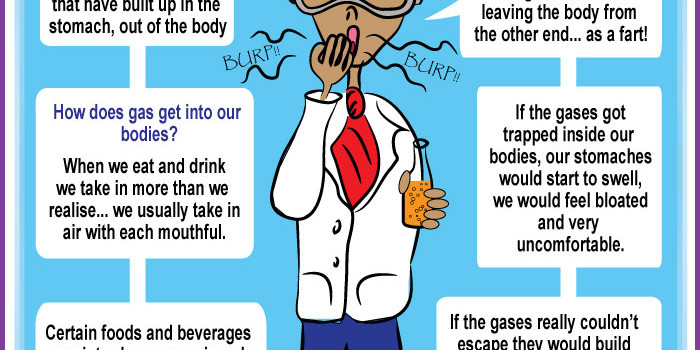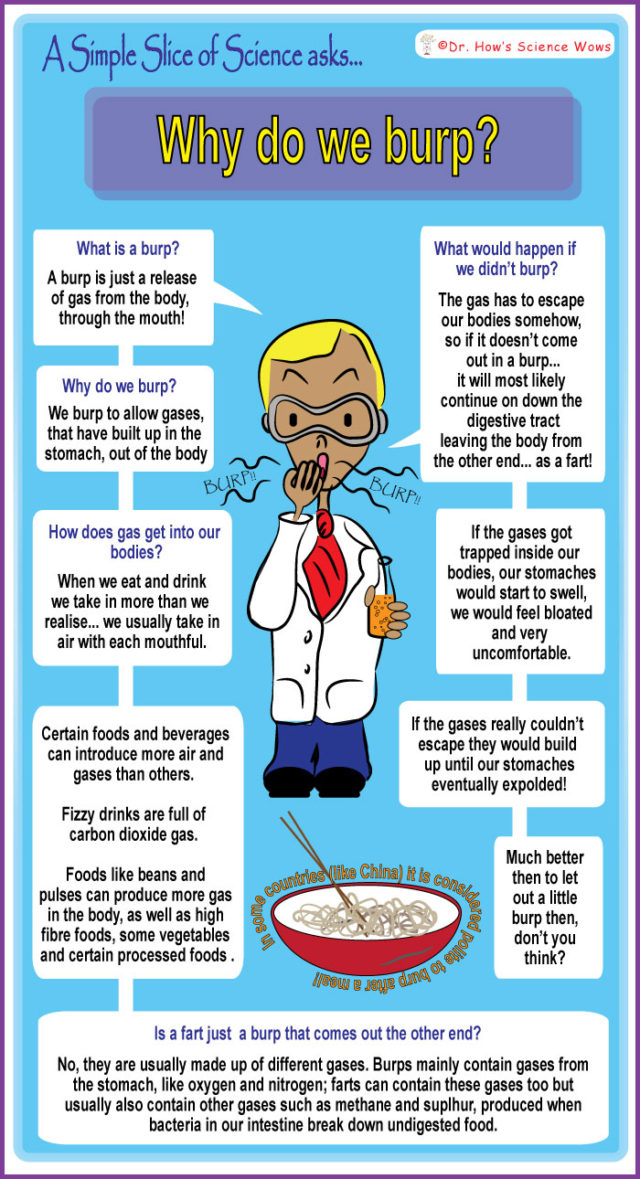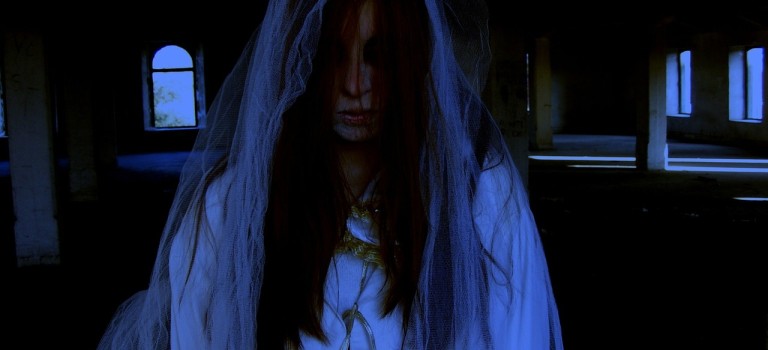We had no Wifi…. I’ll pause there for dramatic effect!
……….
Can you imagine? A lightning strike knocked us out, so we had no internet, no on-line work access and…. NO NETFLIX! There were tears!
Luckily it all got sorted and we are back on-line and almost feel we are entitled to some binge viewing, just to catch up. So what have we been watching?
THE ADULTS
We were delighted to see the new episodes of Better Call Saul arriving and jumped straight in. It is looking good but the next episode can’t come fast enough. I believe there should be one new one every week (on a Tuesday). We loved the first series and can’t wait to see what poor old Jimmy gets up to next.
We are big fans of Eastern films and loved Crouching Tiger Hidden Dragon, so when Sword of Destiny arrived on Netlfix we had to check it out. It was a good movie, not as good as Crouching Tiger, but I’d still recommend it.
Another great arrival to Netflix is the Downton Abbey series. We got completely hooked on the box set, but had only seen four series. Now we have found series five on Netflix we have our viewing sorted for the foreseeable future. So far it is still as wonderful as we remembered it.
When we just want something light to watch before bed we have hit on the perfect solution; we have started watching The Big Bang Theory … right from the beginning. It is 20 minutes of guaranteed laughs and the scientist in me gets an extra kick out of their self-depreciating, nerdy humour.
I love a good ‘detective’ type series, especially if there is some science involved. I’ve dipped in and out of the Silent Witness series on Netflix, which isn’t bad, but, even better is Lie to Me series. We have just started into it but already love it. A fictitious series based on the real-life science of interpreting facial expressions that tell what we say is what we really mean.
I have mentioned how much I loved the Grace and Frankie series in a previous post so I was delighted to see that Neflix will be releasing the second series on 6th of May… That’s only three more sleeps!!
THE CHILDREN
The children have now watched every Fuller House episode and have decided to return to the original Full House series too.
They have really enjoyed rewatching some old favourites like Hotel Transylvania, A series of unfortunate events and The Spiderwick Chronicles.
They are currently watching The Little Vampire, in small daily installments and have plans to watch Astro boy for a movie night during their mid term break.
FAMILY VIEWING
We were hit by a nasty tummy bug recently. When myself and my daughter found ourselves convalescing on the couch instead of heading off to a family get together, we compensated with an afternoon of Netflix. First up we watched Brave, a wonderful movie no matter how many times you watch it, and appropriate enough for some Mum and daughter time.
Then we watched Ella Enchanted; I have to say, I really enjoyed it. An interesting variation of the classic Cinderella story with plenty of humour and lots of girl-power to boot.

And that about sums up what everyone in the Science Wows house has been watching of late. Netflix have a lot more great series and movies coming on-line soon so stay tuned for more of our recommendations.
******
Disclosure: As a member of the Netflix Stream Team I have received a years subscription to Netflix, free of charge, and an Apple TV, for streaming purposes. As part of Netflix Stream Team I will be posting regular updates on what we are watching and what is on offer. All opinions expressed are my own.

